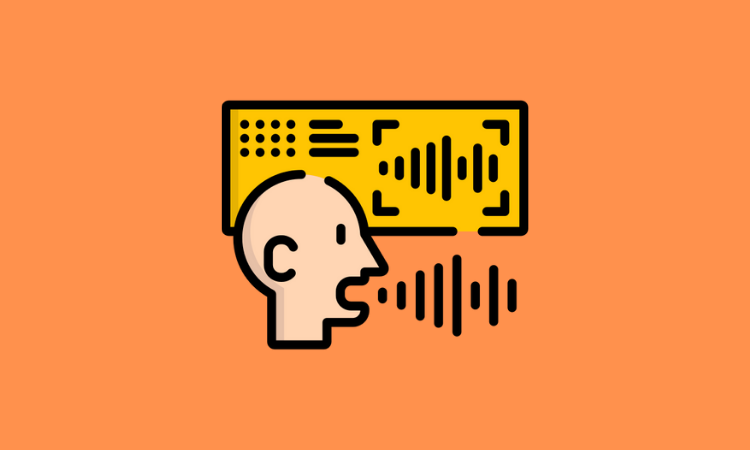Member Exclusive, Podcasts
Pindrop’s Vijay Balasubramaniyan on how top bank call centers are navigating the COVID crisis
- Banks have had to deal with record call volumes while they moved their CSR staff to work from home.
- Pindrop provides voice-based authentication and fraud prevention.








